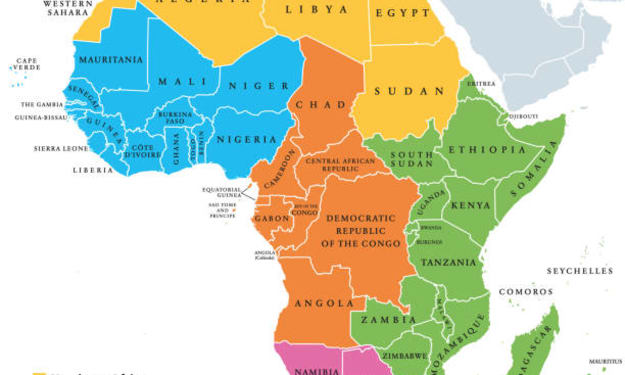Revolutionizing the Future
Alternative Energy Sources and Green Technology

Introduction:
The global demand for energy is growing exponentially, leading to increasing concerns about the depletion of traditional fossil fuel reserves and their detrimental environmental impacts. As a result, the world is shifting its focus towards alternative energy sources and green technology. This paradigm shift aims to reduce greenhouse gas emissions, mitigate climate change, and create a sustainable future. This comprehensive article explores the various alternative energy sources and green technologies that are paving the way for a cleaner and greener world.
🔥 alternative energy sources, green technology, renewable energy, sustainability, climate change, fossil fuels, clean energy.
1.Solar Energy:
Solar energy is the most abundant and readily available source of renewable energy on Earth. It harnesses the power of the sun and converts it into electricity through photovoltaic (PV) cells or concentrated solar power (CSP) systems. Solar energy is clean, inexhaustible, and reduces dependence on fossil fuels. Advancements in solar panel efficiency and decreasing costs have made it increasingly affordable and viable for both residential and industrial applications.
🔥solar energy, photovoltaic cells, concentrated solar power, renewable energy, clean energy.
2.Wind Energy:
Wind energy is another prominent alternative energy source that harnesses the power of the wind to generate electricity. Wind turbines convert kinetic energy from the wind into mechanical energy, which is then converted into electricity. Wind farms are increasingly being deployed across the globe, taking advantage of strong and consistent wind patterns. This renewable energy source has the potential to generate a significant amount of power and contribute to the reduction of greenhouse gas emissions.
🔥 wind energy, wind turbines, renewable energy, clean energy, wind farms.
3.Hydropower:
Hydropower harnesses the energy of flowing or falling water to generate electricity. It is one of the oldest and most widely used renewable energy sources. Dams or other structures redirect water flow, which drives turbines connected to generators. Hydropower offers significant advantages such as low operating costs, long lifespan, and a reliable source of electricity. However, environmental considerations related to dam construction and ecosystem disruptions must be carefully addressed.
🔥 hydropower, renewable energy, clean energy, dams, water turbines.
Geothermal Energy:
Geothermal energy taps into the Earth's natural heat to generate electricity and provide heating and cooling systems for buildings. This energy is derived from the heat stored in the Earth's core, which is continuously replenished by radioactive decay. Geothermal power plants utilize steam or hot water from underground reservoirs to drive turbines and produce electricity. Geothermal energy is a reliable, renewable, and emission-free energy source that can reduce dependence on traditional heating and cooling systems.
🔥 geothermal energy, renewable energy, clean energy, geothermal power plants, heating and cooling systems.
Biomass Energy:
Biomass energy harnesses organic materials such as agricultural residues, wood pellets, and dedicated energy crops to produce heat and electricity. Biomass can be burned directly or converted into biofuels like ethanol or biodiesel. It is a versatile and carbon-neutral source of renewable energy. However, sustainable management of biomass feedstock is crucial to prevent negative impacts on land use, food security, and biodiversity.
🔥 biomass energy, renewable energy, biofuels, carbon-neutral, sustainable management.
Green Technology:
Green technology encompasses a wide range of innovative solutions that promote sustainability and reduce the environmental impact of human activities. These technologies include energy-efficient appliances, smart grids, electric vehicles, energy storage systems, and green building practices. Green technology integration not only reduces energy consumption but also helps create more sustainable cities and communities.
🔥 green technology, sustainability, energy efficiency, smart grids, electric vehicles, green buildings.
Conclusion:
As the world grapples with the urgent need to address climate change and reduce greenhouse gas emissions, alternative energy sources and green technology are emerging as essential components of a sustainable future. Solar energy, wind energy, hydropower, geothermal energy, and biomass energy offer viable alternatives to fossil fuels, significantly reducing carbon footprints. Additionally, green technology applications help optimize energy use, promote energy efficiency, and build resilient communities. By embracing and investing in these alternative energy sources and green technologies, we can create a cleaner and greener world for generations to come.
🔥 alternative energy sources, green technology, renewable energy, sustainability, climate change, fossil fuels, clean energy, solar energy, wind energy, hydropower, geothermal energy, biomass energy.






Comments
There are no comments for this story
Be the first to respond and start the conversation.